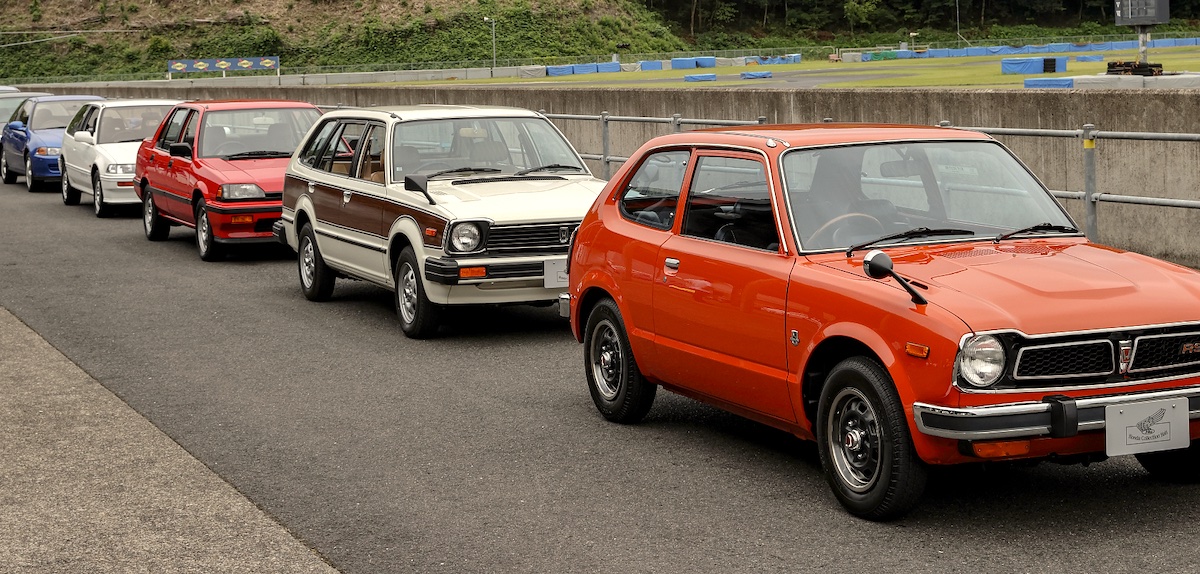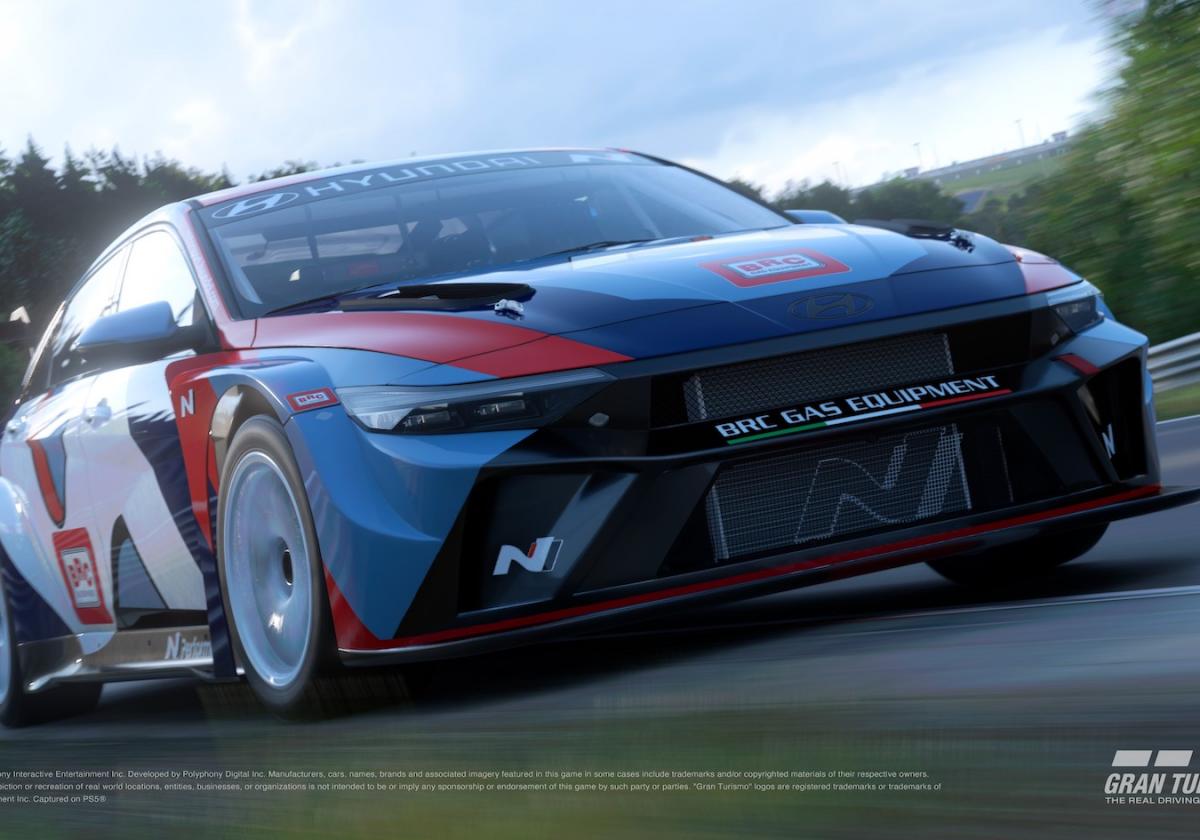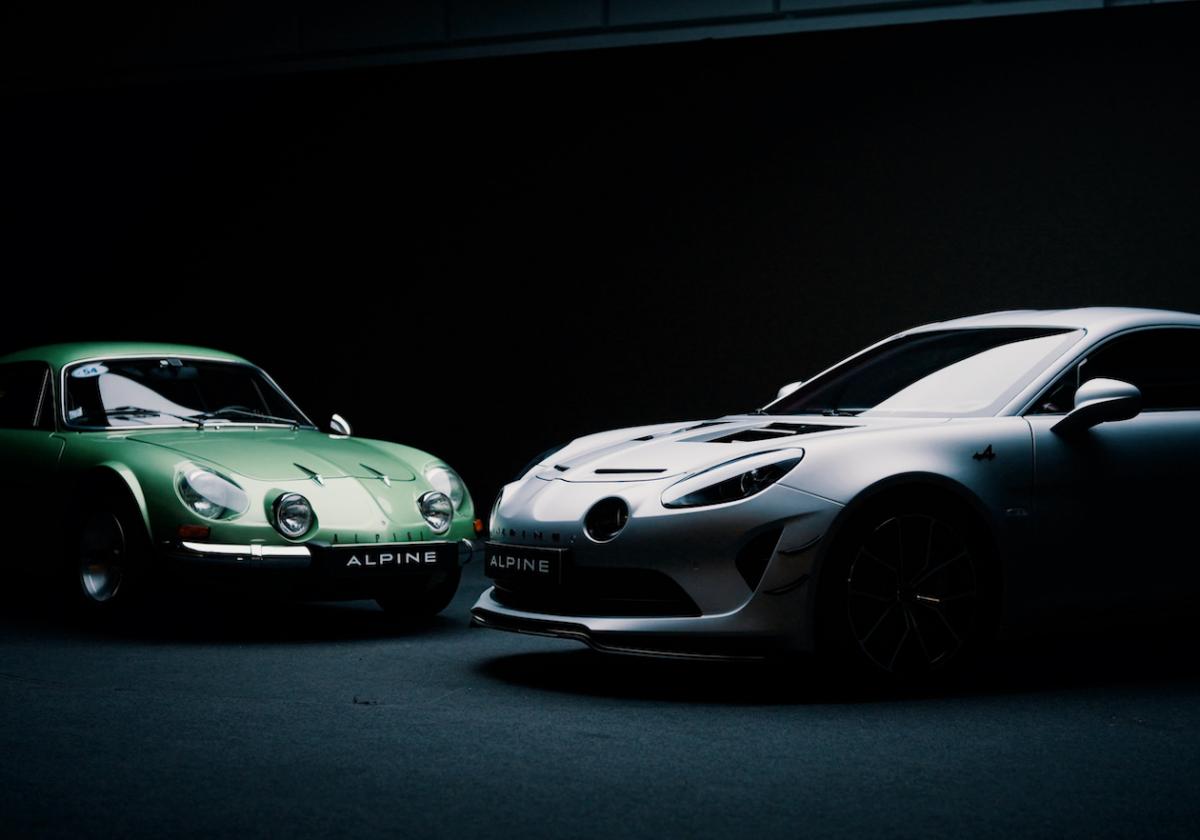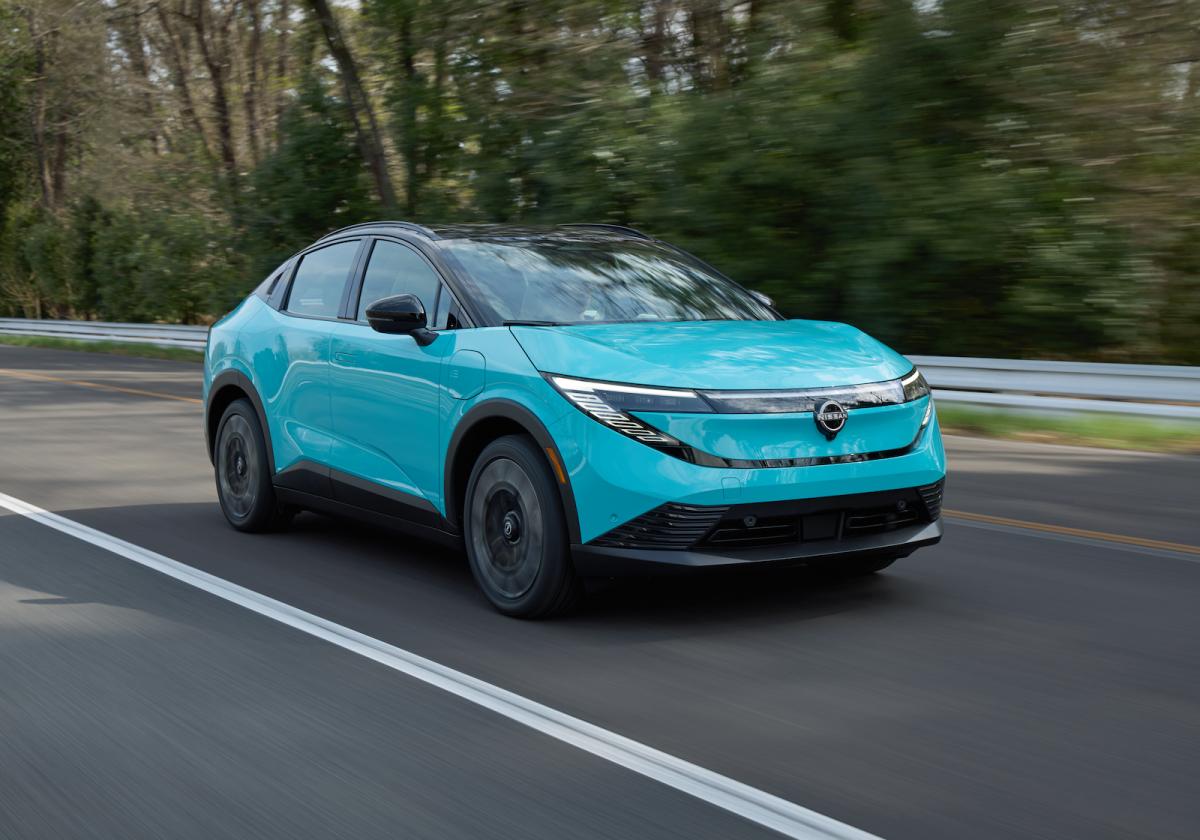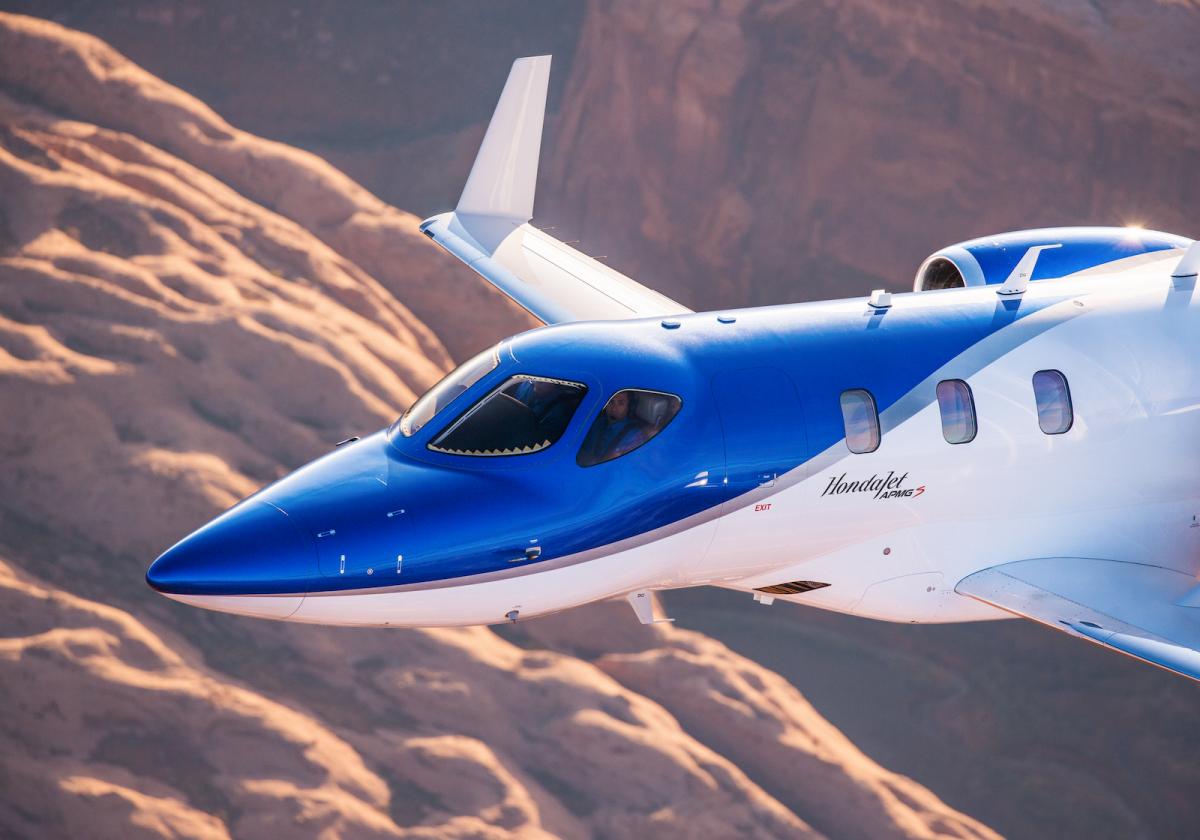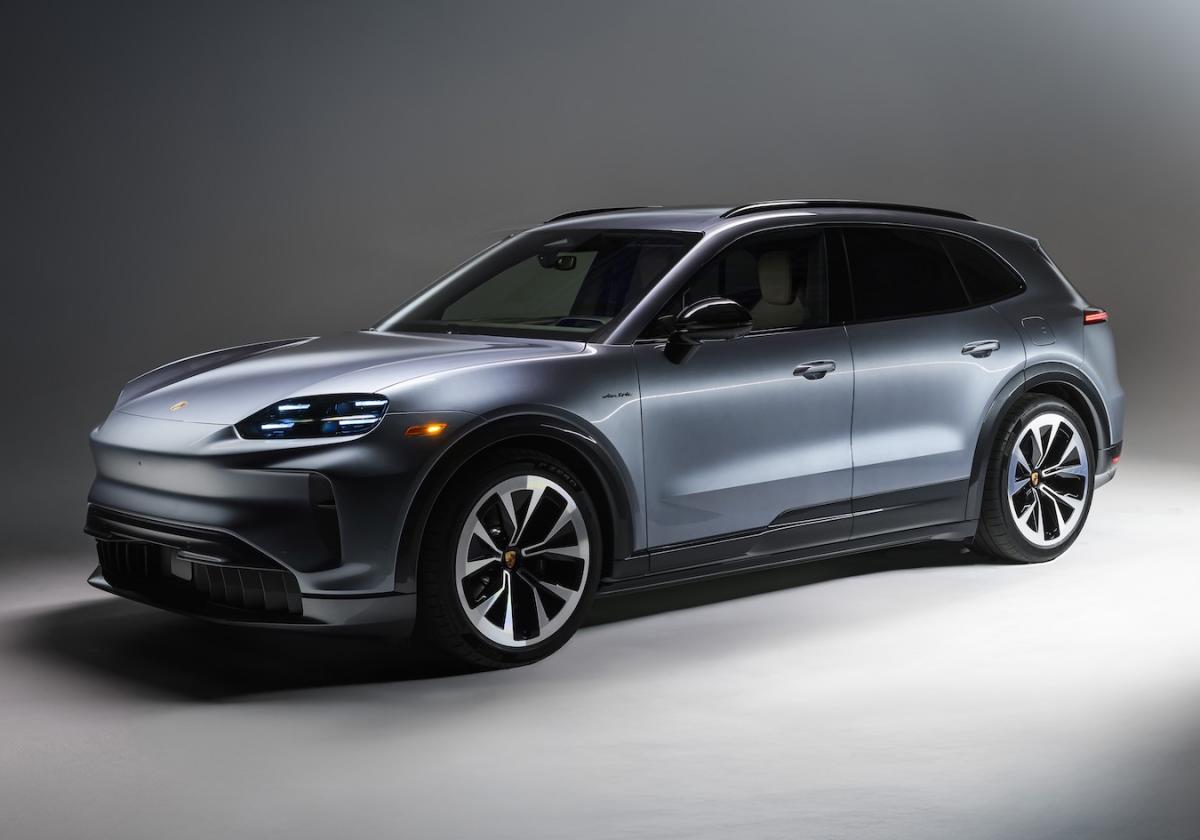- Born in 1972, the Honda Civic has sold nearly 30 million units globally over the last five decades.
- The Civic’s revolutionary CVCC engine was the first to clear the Clean Air Act.
- Through 11 generations of Civic, Honda has become one of the most respected names in the car world.
This folks is Carlist’s 50th article. And we thought we’d acknowledge our half-century by celebrating the 50th anniversary of one of the biggest names in the car world — the 50th birthday of the Honda Civic.
Honda helped to change the face of the global automotive industry and the Civic is by far its most popular model with worldwide sales approaching 30 million since it was first launched back in 1972.

Just how popular is it? From 2012 through 2019, the Civic sold an average of 320,000 units each year in the U.S. alone. That’s over 26,500 units sold every month. Or nearly 1,000 Civics sold every day. Amazingly, the Civic kept pace with the huge-selling Accord and only just lagged behind the CR-V in terms of sales. The Civic also starred in Car and Driver’s 10Best awards, with 8 wins since the award started 40 years ago.
Honda has built goodwill through cars, motorcycles, and motorsport
A big factor behind Honda’s great success is the trust element among car lovers. The company has built significant goodwill over the last few decades, not only with cars like the Civic, Accord and CR-V, but also with its motorcycles and ATVs, power equipment, jet planes, robots and motorsport achievements in endeavors including Indycar, Formula 1, IMSA, MotoGP, WTCC and Super GT.
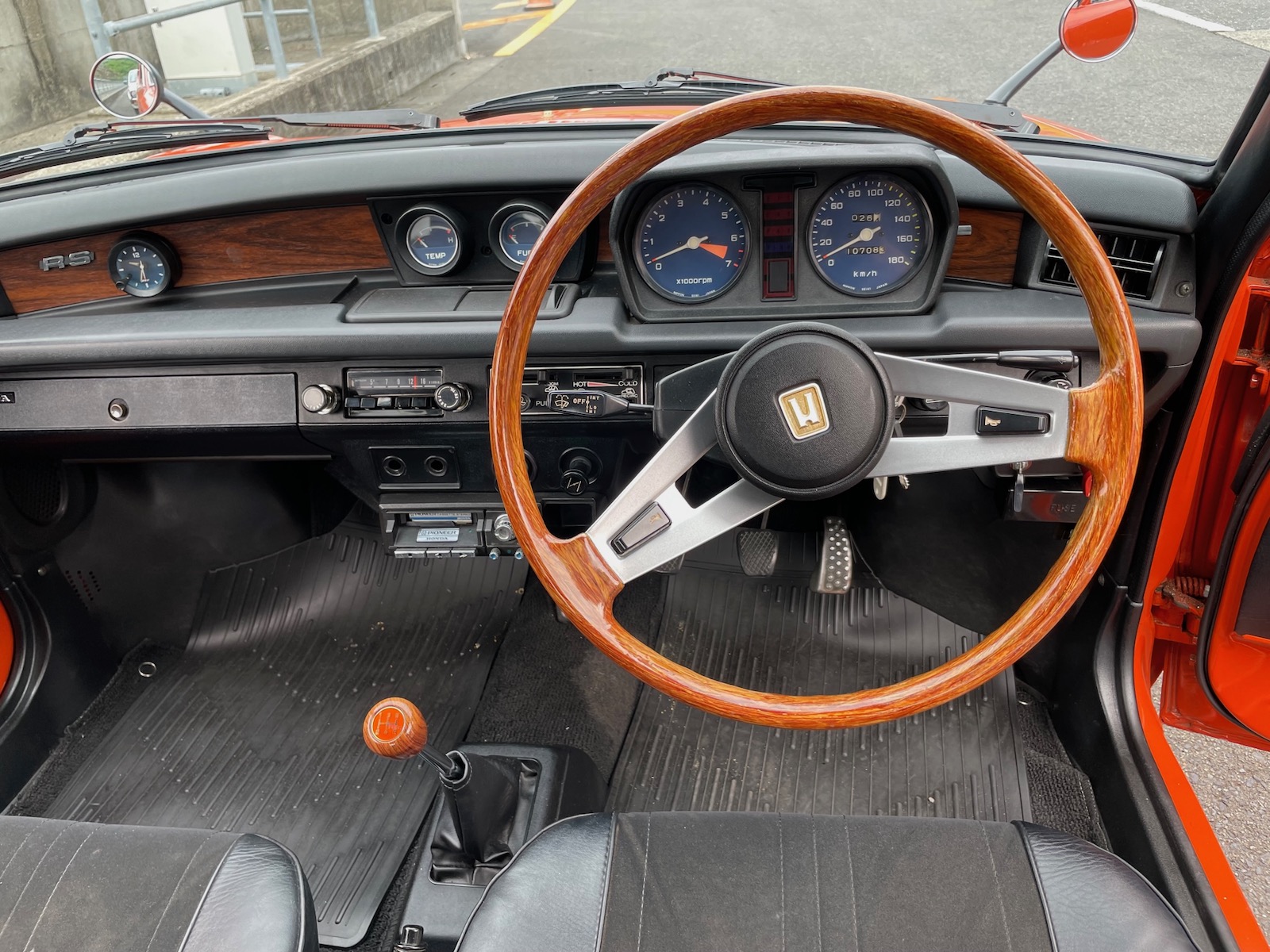
The most important car in Honda’s history was the first-generation Civic which debuted in 1972. This Civic featured a four-cylinder engine, front power disc brakes, reclining vinyl bucket seats, simulated wood trim on the dashboard, optional air-conditioning, and an AM/FM radio. The first-gen Honda Civic’s reign coincided with the 1973 oil crisis.
The game-changing CVCC engine put Honda on the map
But by far, the most notable Civic of those early days was the game-changing Civic CVCC (Compound Vortex Controlled Combustion) version of 1973, which was specially developed by Honda engineers to avoid the emissions control requirements that were being imposed through legislation including the Edmund Muskie’s Clean Air Act. In fact, this design meant the Civic did not require a catalytic converter making it the first car to clear the Clean Air Act in those days.

Honda Civic was one of the most influential cars in the 1970s and put the brand on the map. Its design, reliability, packaging, and cost performance inspired many rivals to follow suit and launch competitors to keep pace with Honda. Those rivals included the likes of the Volkswagen Golf of 1974 and the Ford Fiesta of 1976.
The Civic is also America’s biggest-selling small car over the last 50 years, with production numbers clearing 12 million since 1973 and sales ranking consistently among the top-three best-selling cars in America. Most of the Civic’s production happens in Honda’s North American auto plants which has helped the brand earn the trust of American buyers who value products made at home.
We drove all 11 generations of Civic at a special test drive in Japan
At Honda’s Twin Ring Motegi raceway 2 hours north of Tokyo last month, the company gathered one representative of each of the last 11 generations of Civic, including the mighty Civic Type R, and allowed media to drive the cars.
The original 1972 version was powered by a 1,169cc 4-cylinder engine and was ahead of its time not only in the lean burn engine dynamics but also in terms of features like front power disc brakes and interior appointments. In the early 70s, even the car’s 5-speed manual gearbox was ahead of its time, with many rivals only offering 4-speed manuals. It goes without saying that the engine was ‘power-challenged,’ and by modern-day standards at least, offered a vague manual gearbox.
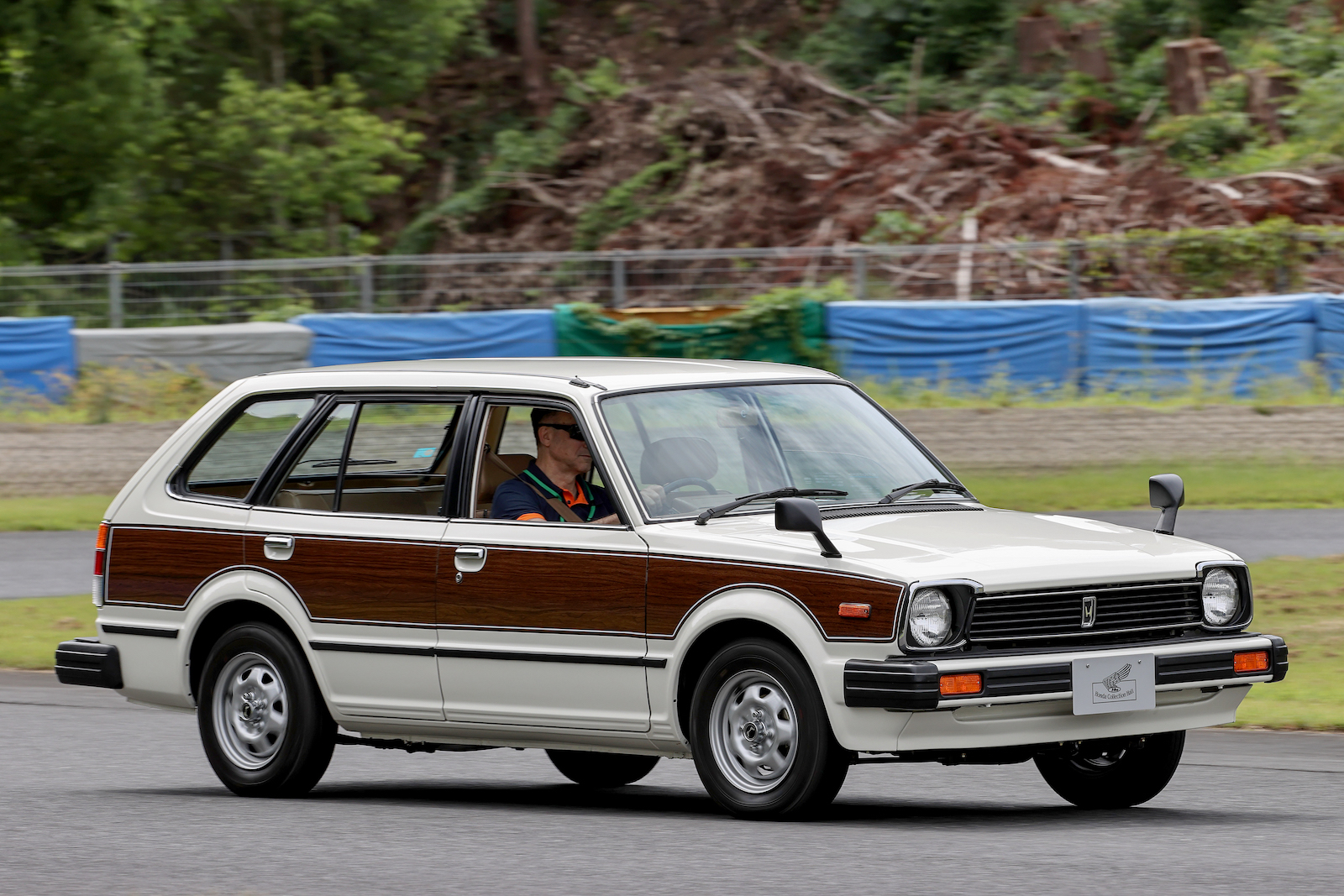
Launched in 1979, the second generation was larger and boasted a more angular shape. All engines now used the CVCC design which introduced lean-burn swirl technology. Buyers could choose from the 1300 or the 1500 versions and three transmissions were offered; a 4-speed manual, a 5-speed manual or a 2-speed semi-auto. This version felt more powerful and more stable on the road but still suffered from a vague manual gearbox by today’s standards of course.
4WD and VTEC technology added to Civic
The third generation debuted in 1983 with the separate 5-door hatch and wagon models being merged into a 5-door shuttle wagon. The new 1.5-liter engine still offered CVCC tech and pumped out 76hp. In 1984, a 4WD version was introduced for the first time, and the Si high-performance model was launched with a 130hp 1.6-liter engine.
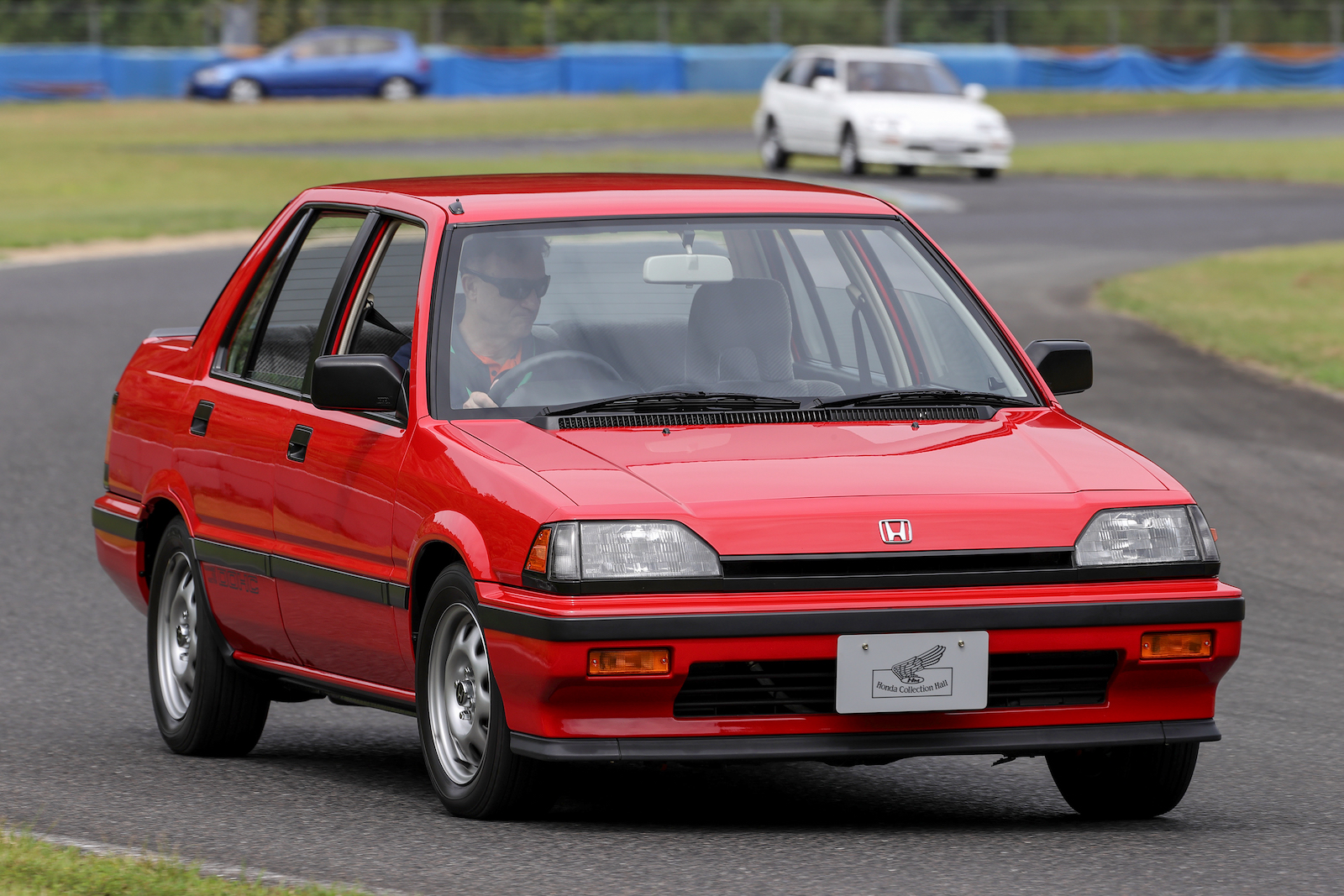
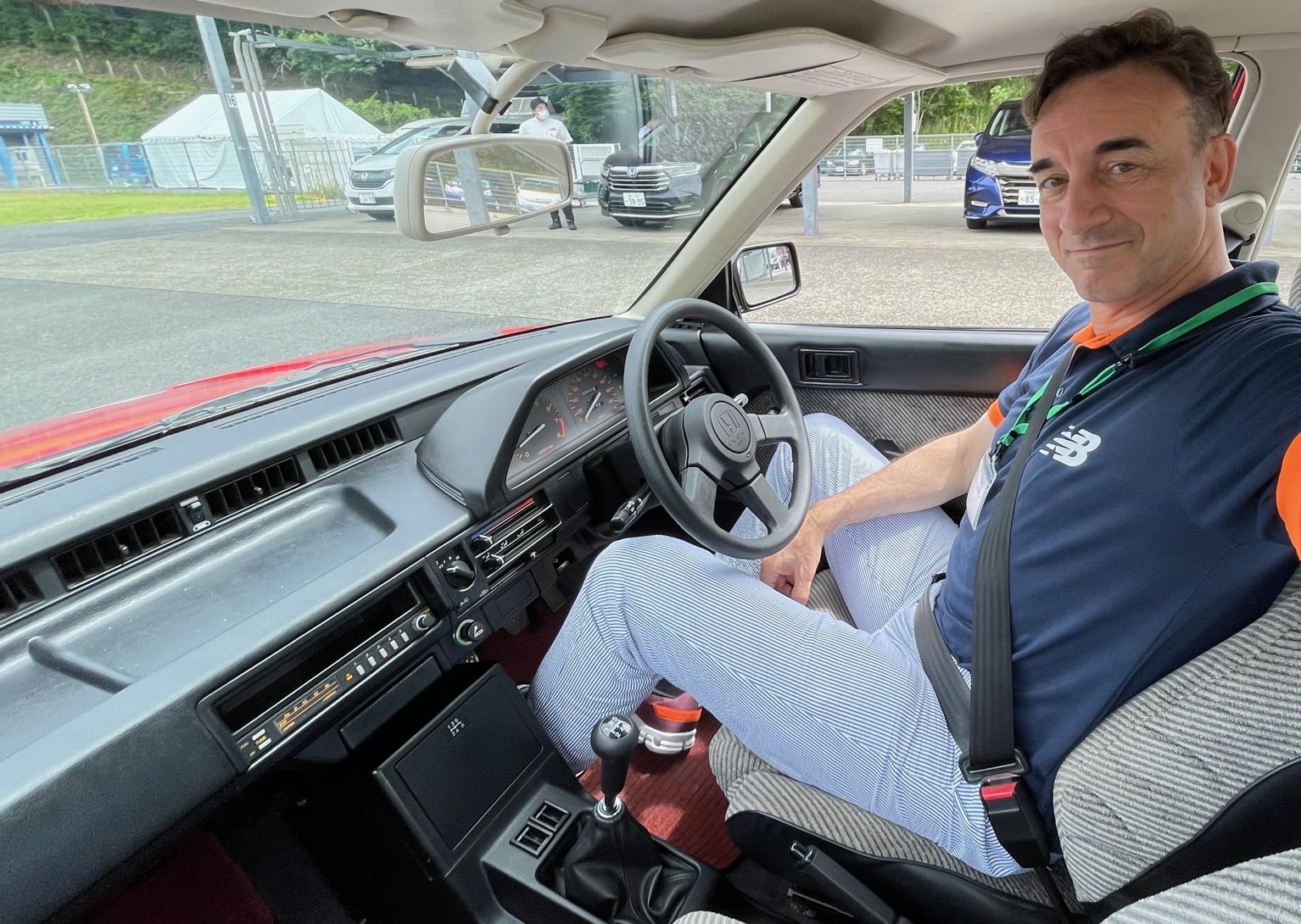
As we progress through the various generations of Civic, we see the car picking up sleeker styling, with the 1987 fourth-generation model being the first to employ fully independent rear suspension and the brand’s signature VTEC engine technology. As expected, it drove much better than its predecessor, was more powerful, and cornered with far greater steering feel and smoother gear changes.
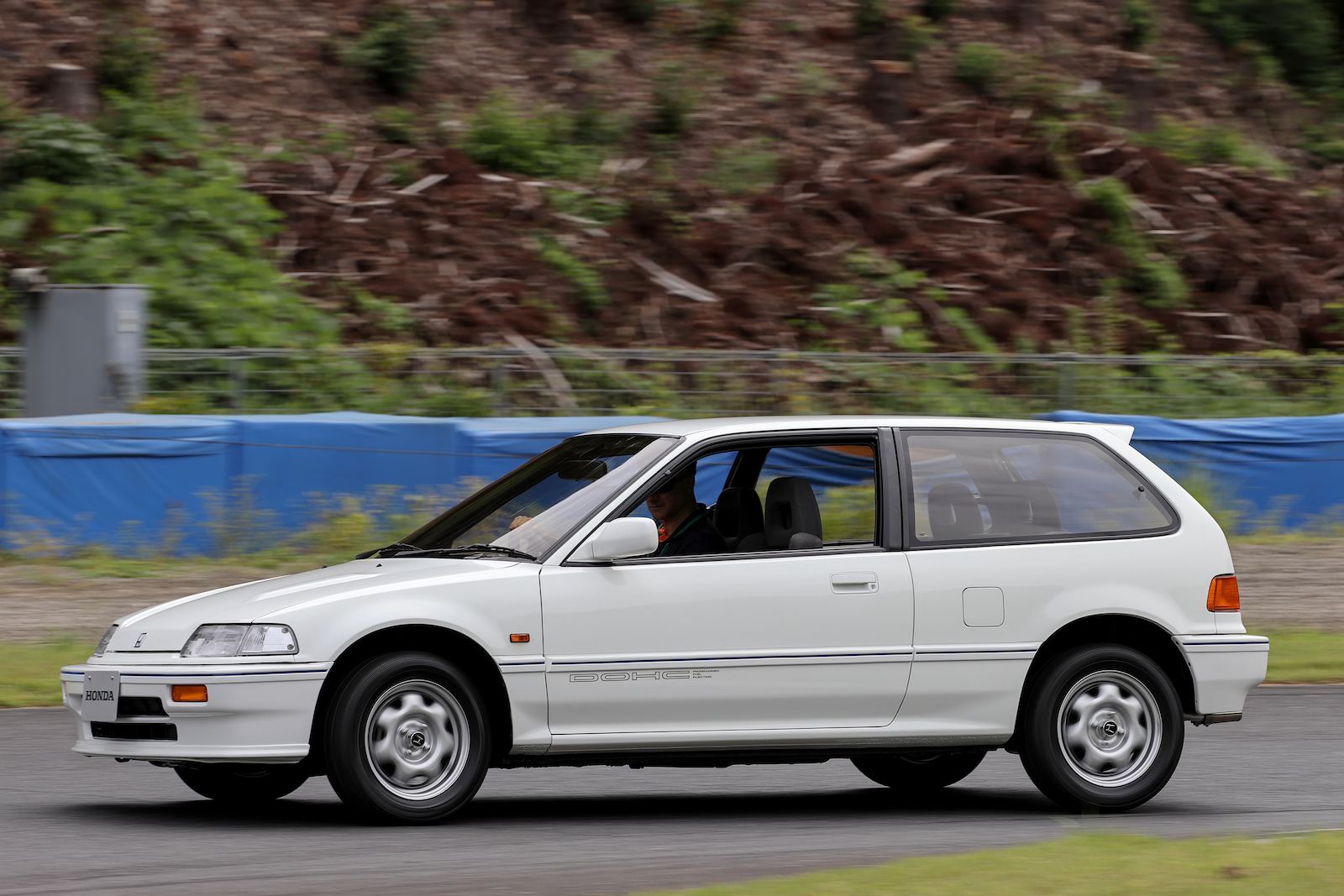
The fifth generation of 1991 featured more substantial dimensions and more aerodynamic styling, employing a “Samba Body” design theme that you could not use today for obvious reasons. The 1.6-liter delivered a class-leading EPA rating of 48/55 MPG figure and the VX engine featured the first VTEC-E. When compared to the first-gen 20 years before, it was far quieter inside and the transmission was much smoother.
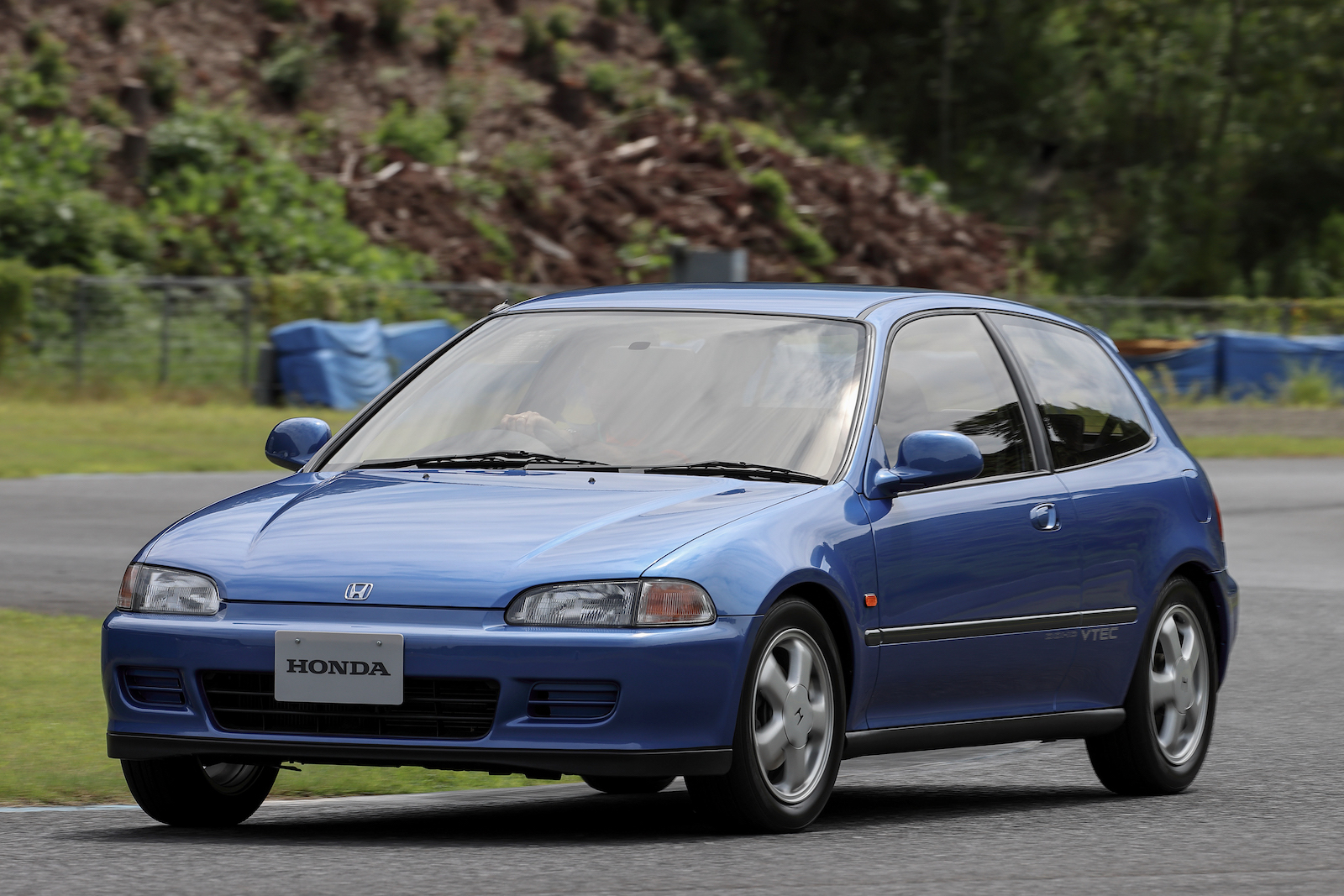
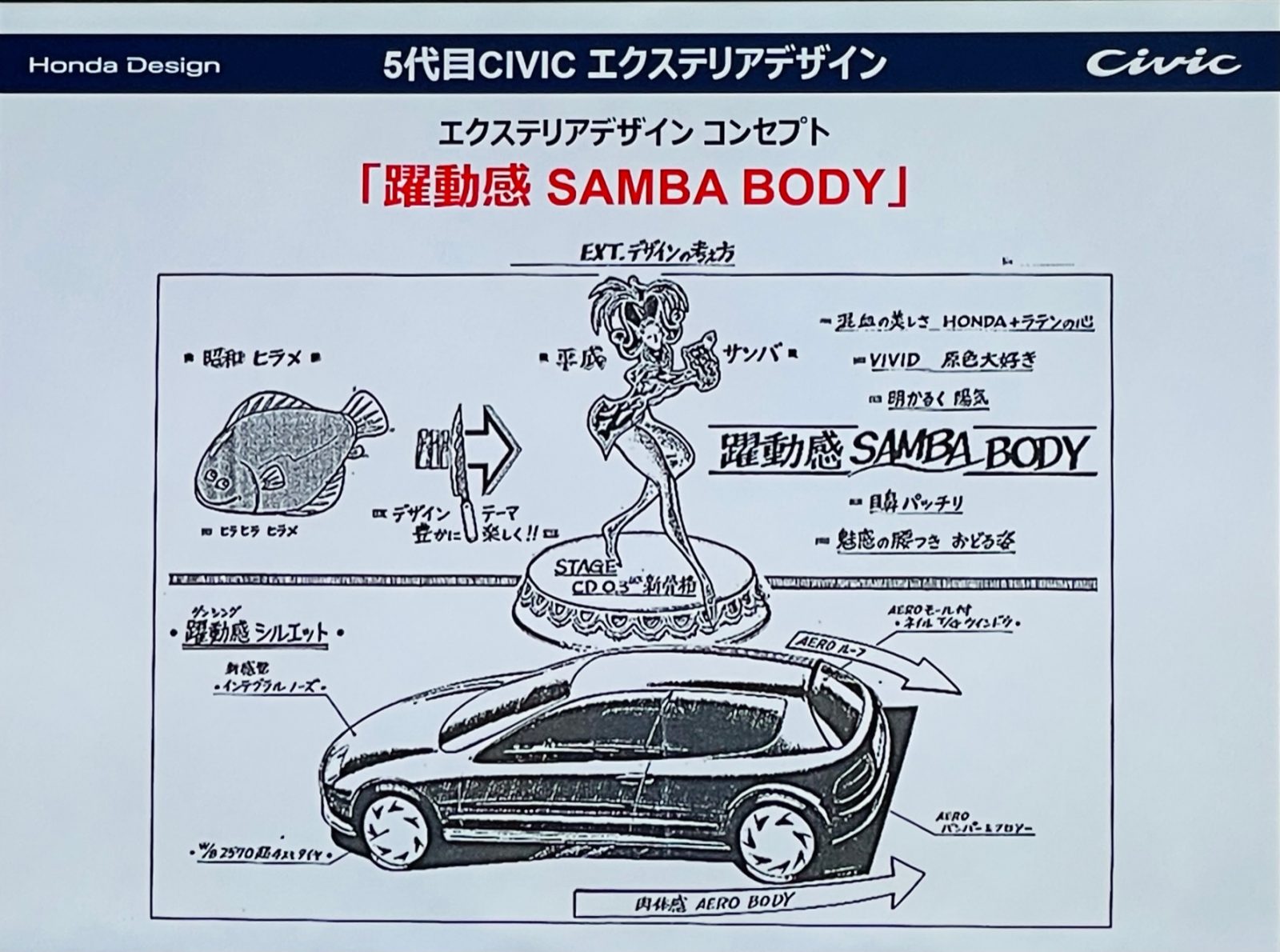
Designs become more aerodynamic and handling improves
Through the sixth and seventh generations of 1995 and 2000 respectively, the Civic became more aerodynamic and coupe and sedan body styles were offered. Inside, a little more space and luxury were added with the front suspension changed to MacPherson strut from double wishbone in 2000 to lower costs. The seventh generation felt like a completely different car, boasting perky acceleration and excellent cornering manners.
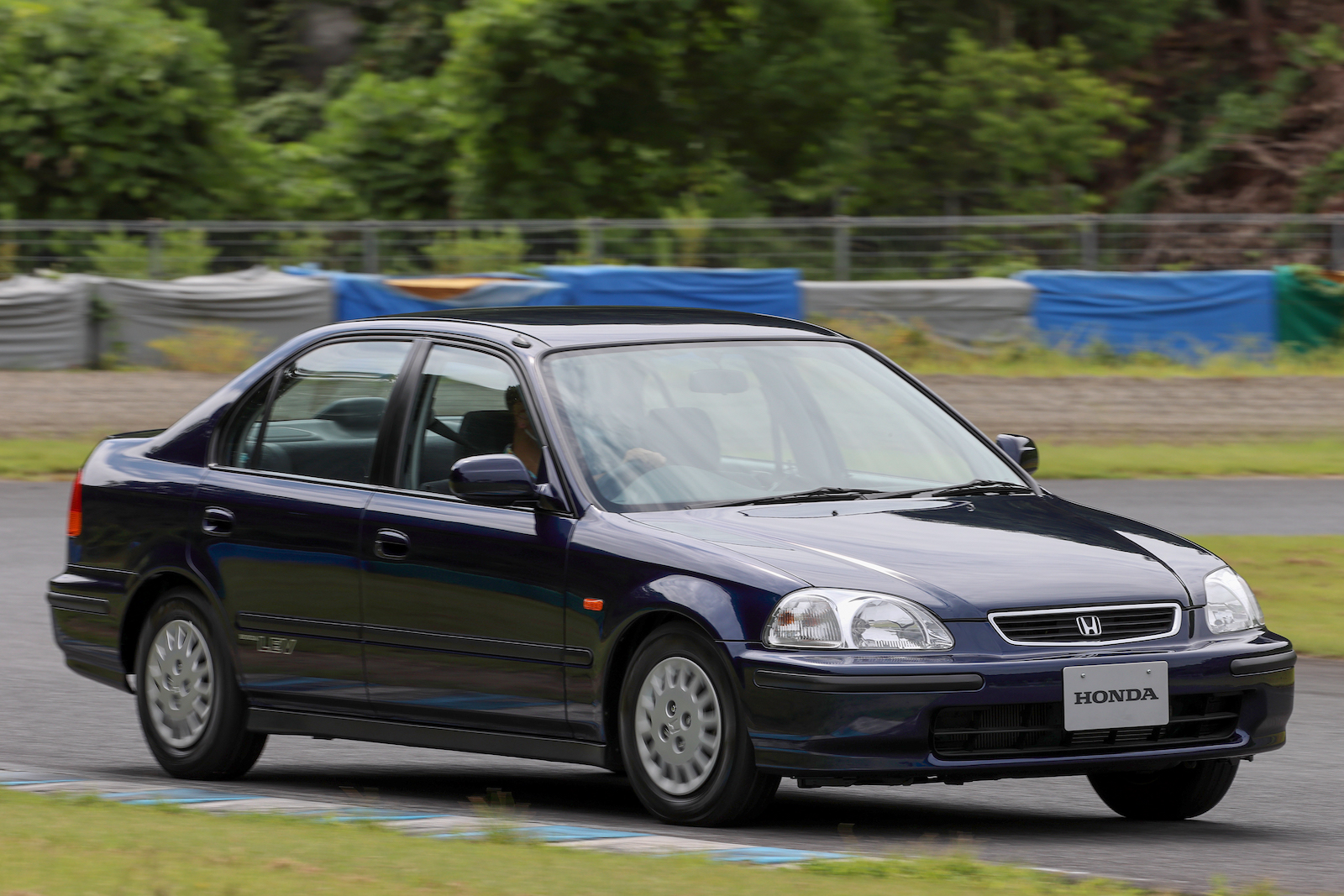
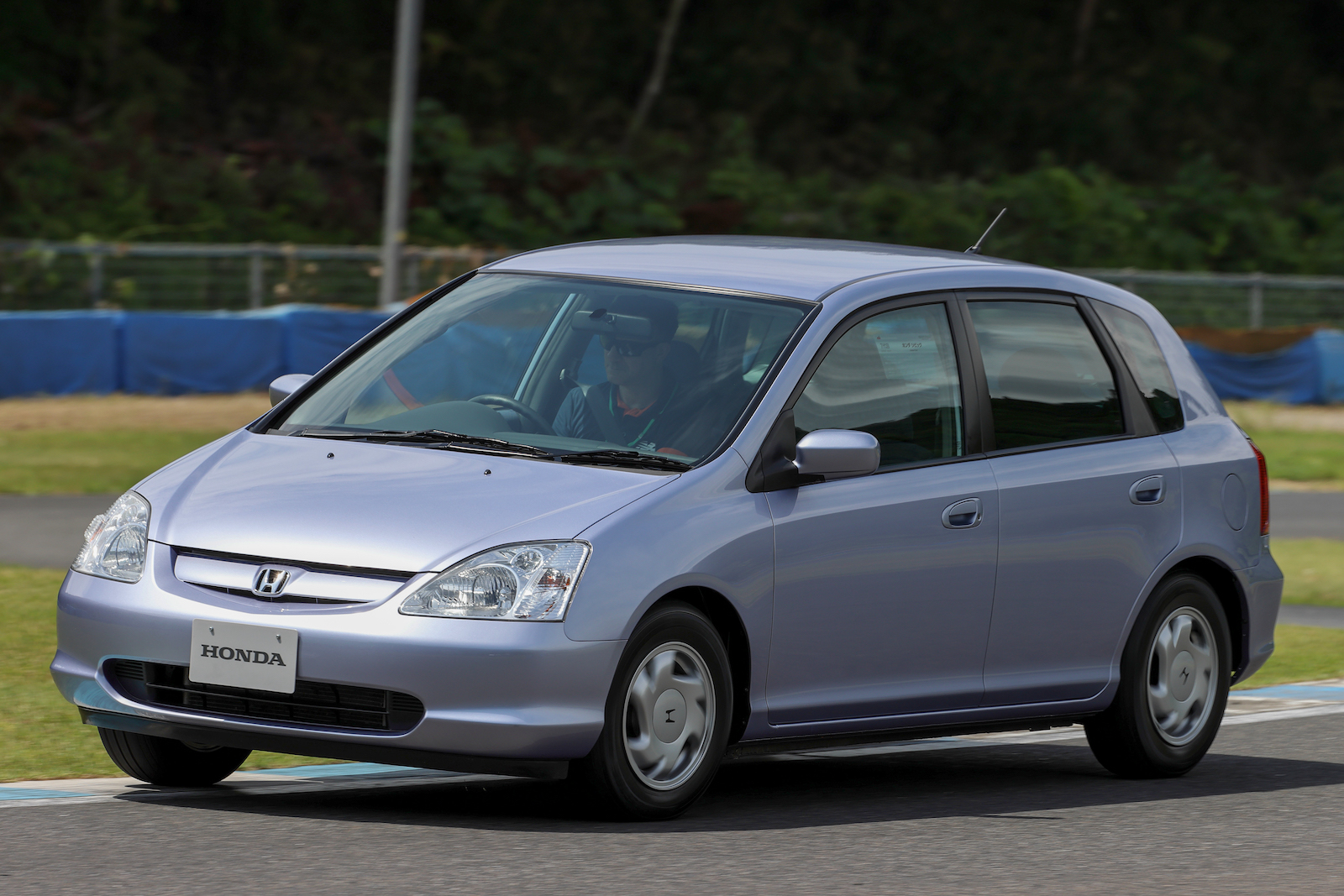
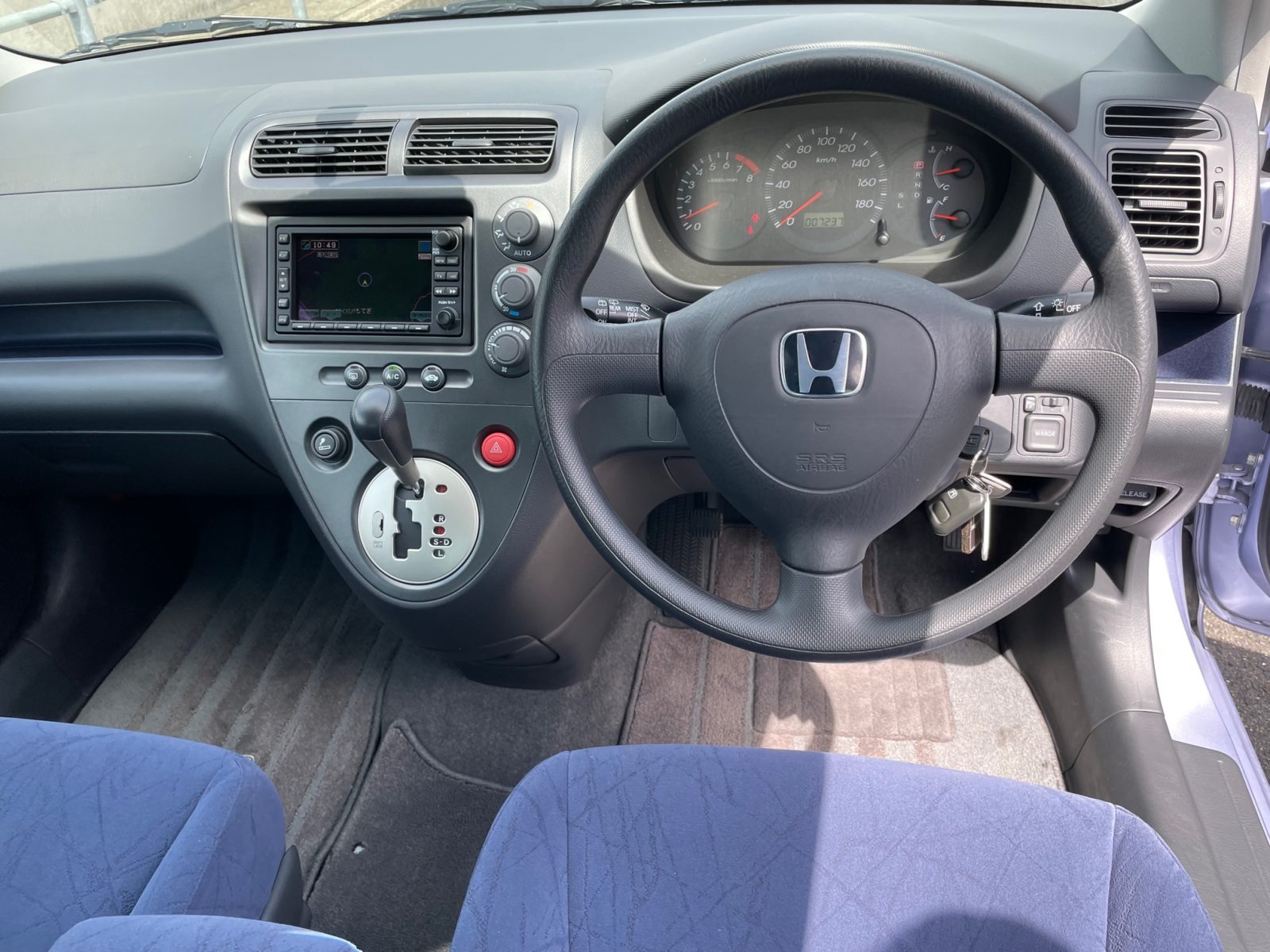
For the eighth generation of 2005, Honda split the model into two different platforms, one for the sedan and coupe and another for the hatchback designed for Europe that used a simpler rear suspension. A hot Type R was offered for Japan and Europe while a Mugen-tuned Si was sold in the US.
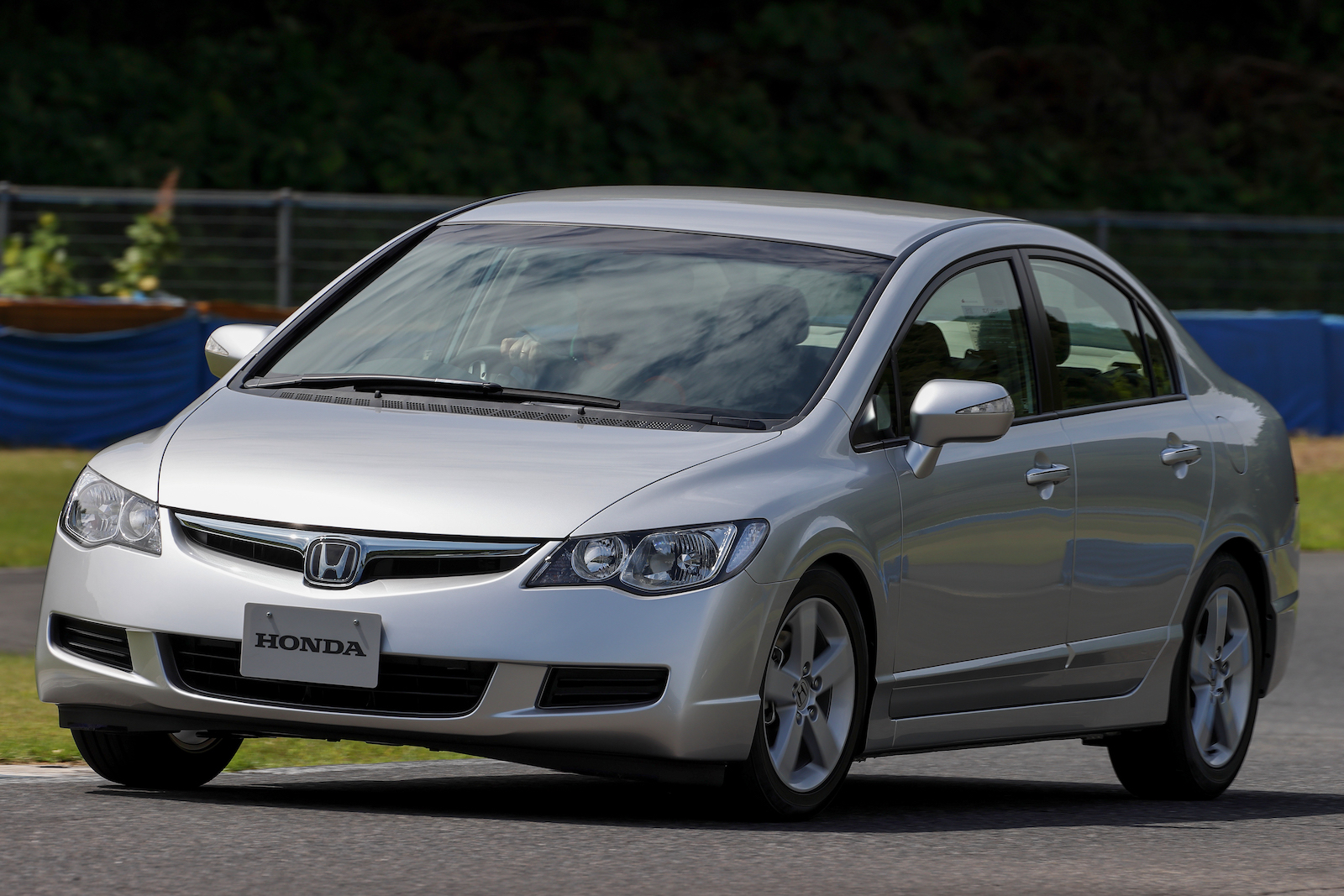
The 2011 ninth generation saw the Civic morph into four body styles — sedan, coupe, hatchback and station wagon, with the latter two targeting Europe. This model was developed during the height of the global financial crisis, which led Honda to believe that consumers, specifically in North America, would be willing to forego upscale content and quality in new vehicles as long as they were fuel efficient and affordable. This backfired forcing the firm to update the car’s exterior and interior for the 2012 facelift. This model featured a 1.5-liter hybrid with a lithium-ion battery and rated at 44mpg.
As we drove the successive generations of Civic–just two laps each of a 1-km long kart track mind you– it became glaringly obvious just how much ride quality, cornering stability, steering precision and transmission smoothness has improved over the years. The manual transmissions of generations 1, 2 and 3, were a little ‘loose’ to put it mildly and rolled significantly in the corners with vague steering, which was the norm back then. But by the time we get to Gen 6, the steering was far more precise and the car resisted body roll in the corners surprisingly well.
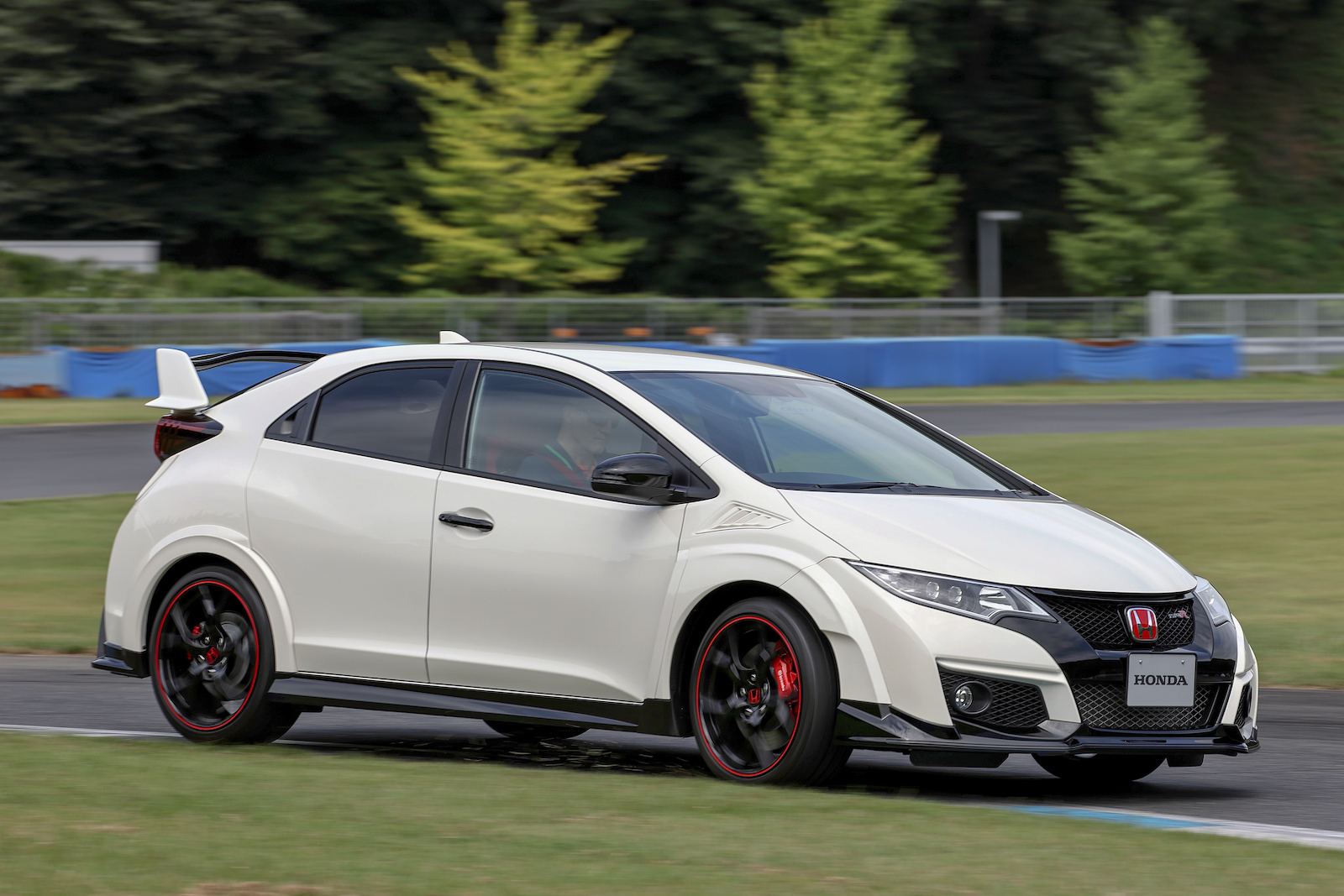

10th generation gets one standard global design
The tenth-generation Civic of 2015 marked the unification of the Civic range globally. This version features a new fastback exterior design, with the rear C-pillar flowing into the tailgate. The front of the car incorporates a new chrome wing design that flows across the top of the headlights with body styles including a sedan, coupe, five-door hatchback, and of course the performance models in the Si trims and Type R models. It was also the first time that the Type R arrived in the U.S., and for the price (of under $50,000), the 300-hp R handles like a supercar and can sprint from zero to 60mph in under 5 seconds.

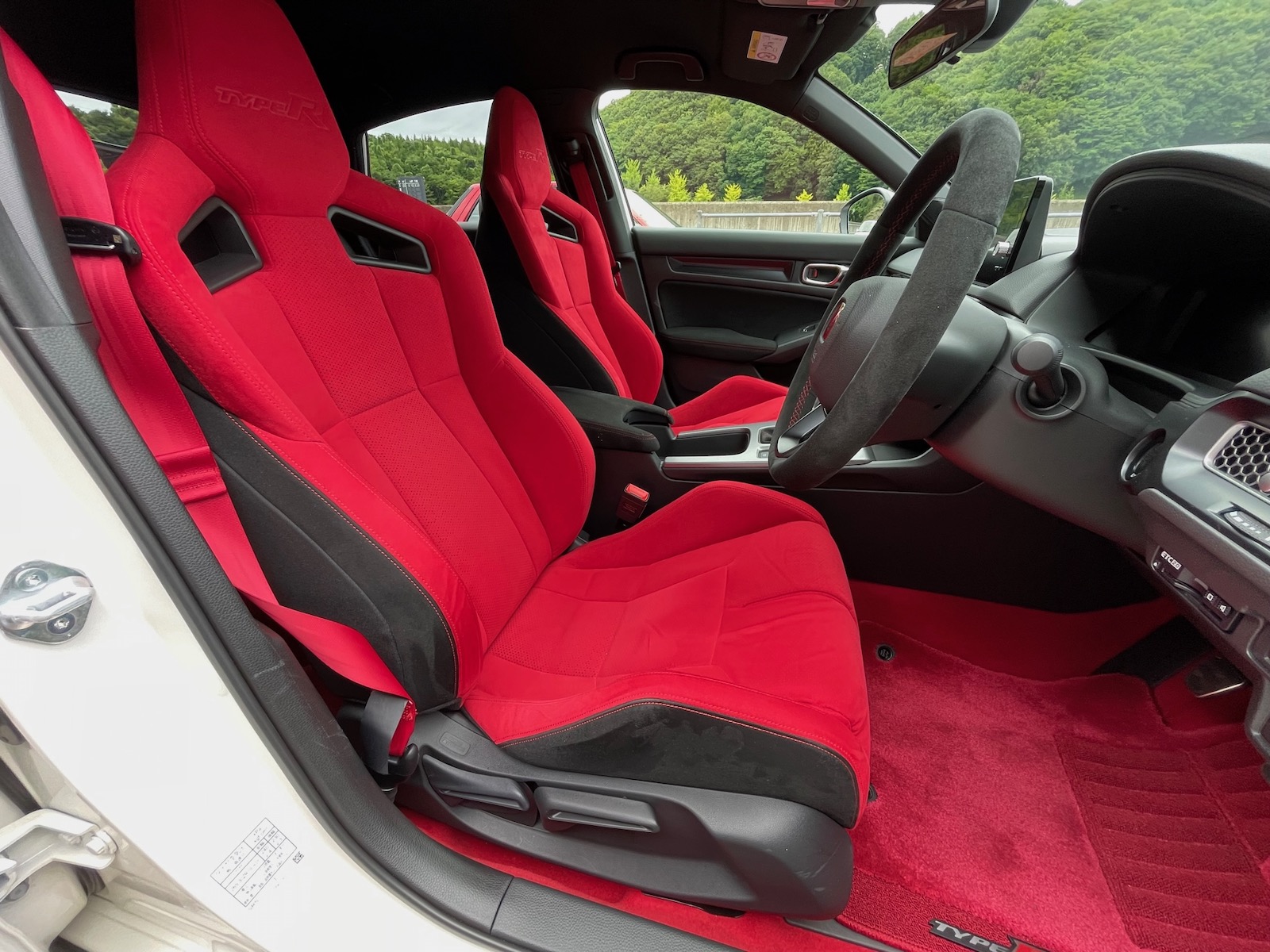
And finally, the eleventh generation came along in 2021 with cleaner sedan and lift-back body styles and offering a vastly improved cabin design. It’s also the first model since the second-gen not to offer a coupe due to falling sales. In 2022, Honda added an eHEV model with excellent fuel economy. Britain’s Top Gear commented that “the new Civic is possibly the most improved car of 2022, having taken football pitch-sized leaps and bounds over its predecessor” in terms of drivability and interior design.
And on that high note, this may be a good place to leave the Civic’s 50-year saga. We can expect more hybrid models from Honda in the near future, but within the next few years, we will also see the marque’s first fully electric version landing in showrooms.
But as Honda will never forget its motorsport roots, one engineer recently told me that the new Civic Type R will “soon” challenge the Renault Megane RS Trophy-R for the fastest front-wheel-drive lap record of the famed Nurburgring circuit in Germany as the Type R tries to retain its title from the French ace.

